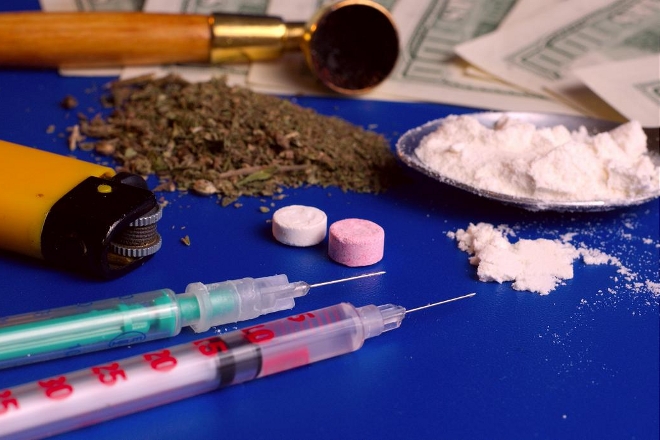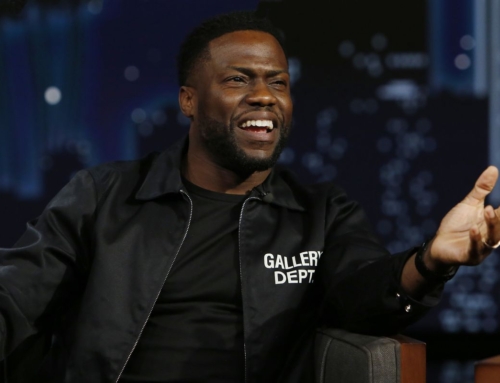Every time a drug overdose or hospitalizations occur after a major EDM show, the media in North America turns clueless. News outlets don’t know how to describe the phenomena – in some cases, adopting dated language, like a recent Boston Globe article about a similar incident at an Avicii concert – while city officials start talking about banning EDM.
As many long-time dance music fans might roll their eyes and think history’s simply repeating itself, the recent push to ban EDM manifests itself on a greater scale as a concept based not on logic but more so on a lack of understanding. Instances like shutting down Electric Zoo early last year ignore the fact that drug overdoses occur at shows for other genres (like the recent Keith Urban concert), or think of it in black-and-white terms. Specifically, for the latter, this may be taking the DJs and producers out of major venues but turning a blind eye to the fact that dance music has long been a club staple.
Looking Back at Dance Music History
Disco might have fallen out of favor due to its association with promiscuity and drug use, but looking back on dance music history, the first instance of a ban, albeit applied indirectly, might have been stricter club regulations in the U.K. during the height of acid house culture. Regardless of whether the sounds went out of favor on a mainstream level, the approach put an end to the thriving, word-of-mouth parties – but it did give rise to better-controlled mega-clubs like Ministry of Sound.
While American dance music fans of a certain age may recount warehouse party crackdowns in their areas, especially during the rise of rave culture in the ‘90s, the current push for banning large-scale dance music events seems to date back to Electric Daisy Carnival in 2010, in which a 15-year-old died of a drug overdose and hundreds more broke through the venue’s gates.
In response, the city of Los Angeles told Insomniac that the event couldn’t return and introduced the Anti-Rave Act in 2011. Electric Daisy Carnival switched locations to Las Vegas and has since turned into the largest dance music event in the U.S.
Similarly, after years of arrests and drug-related hospitalizations, Miami considered preventing the Ultra Music Festival from returning to Bayfront Park, while farther north in Toronto, EDM concerts on public grounds – specifically, the city-owned Exhibition Place – were stopped after a club venue owner made an argument about drug use. The irony in both situations is – beyond the fact that the Toronto club owner contributed to known crack user Rob Ford’s mayoral campaign – only large venues or spaces were targeted; the small clubs hosting events for Miami Music Week and nearby Toronto venue Muzik Nightclub aren’t restricted to the music they play or people they bring in.
That’s not to say that smaller venues are where large-scale festival culture could find refuge if stadiums and festival grounds have more sanctions concerning concerts placed on them. For instance, the University of Massachusetts at Amherst – a frequent stop during major DJs’ college tours – put a stop to EDM events after multiple drug overdoses, but then later lifted the ban after claiming in a press statement that the “availability of the drug is not at the availability it was before” and that it’s “not an epidemic.”
But as eye-rolling as such wording can be, UMass might actually have the right approach in regulating these large-scale concert events – and not just for dance music. Changes at the venue have since included free water, a greater security presence inside and outdoors, and a triage center for those needing help. Dance music concerts are expected to start again in September 2014.
But the two recent instances reviving the notion of a large-scale dance music ban were the 2013 Electric Zoo concert and Avicii’s show at the TD Garden in Boston. The former, in spite of the fact that the city shut down the festival a day early, sparked a Whitehouse.gov petition, which read, “After the recent deaths at New Yorks Electric Zoo weekend. I firmly believe we should ban the the manufacturing of electronic dance music. It is turning our children into drug addicts and murderers.” As ridiculous as it sounds, the petition did receive a few signatures but not enough to make any impact.
Avicii’s June 2014 Boston show followed less than a year after a drug overdose-related death during a Zedd concert in the city. Reports claim audience members at the “Levels” producer’s show experienced heat exhaustion, and out of 50 treated by EMS workers, 36 were hospitalized.
Drugs and alcohol were thought to play a factor, and a city councilor weeks later wanted to examine the TD Garden’s approach to monitoring and preventing drug abuse by concert attendees. A ban on dance music was even suggested at one point.
While, ban aside, this might seem like a better-than-nothing approach to preventing drug overdoses at concerts, where’s the outrage when Boston sports fans get horribly drunk and get into fights or damage property after a game?
Picking and Choosing
Boston’s history of post-sports game mayhem aside, one just has to look at Avicii’s latest tour to see that drug overdoses don’t occur after every EDM show. For every Boston concert, there’s a New York City, where the NYPD prepared for a response, but really had nothing to respond to.
On a much greater scale, there’s the concert industry, which EDM has officially joined. For all the outrage and handwringing, rock concerts, both past and in the present, have been far worse, in terms of the drug overdoses and related violence, according to a study conducted by Click It Ticket.
The data reflects concerts from the original Woodstock to the present. And while there was only one reported drug overdose at the 1969 festival, recent events with a similar aesthetic – Bonnaroo is used as an example – exceed this. Specifically, figures show that from 2002 to 2013, the annual festival saw 10 deaths.
Similarly, findings in examining specific shows – the Rolling Stones, Pink Floyd, and the Grateful Dead – indicate that one-third of all attendees use the first aid station because of alcohol-related issues.
For a modern comparison, Click It Ticket examines Phish, who, in spite of attracting fans that seem to have a penchant for a range of illegal substances, had no trouble using an Atlantic City concert hall for their annual Halloween performance in 2013. According to the study, Phish saw 200 fans arrested at one 2010 show, where $1 million worth of drugs were confiscated, and a June 2012 concert resulted in more arrests for possession of cocaine, heroin, LSD, MDMA, and marijuana.
Although the Click It Ticket study acknowledges EDM’s figures, if you look at the evidence, is hosting a Phish concert any worse than bringing Ultra back to Bayfront Park?
What any proposed EDM ban comes down to is three factors: ignorance, panic over overblown statistics, and a desire, no matter how inadvertent, to push dance music, itself still perceived as an oddity beloved by drugged-out club kids, out of “respectable” venues. But EDM and dance music as a whole, no matter how much you dislike a certain subgenre, shouldn’t be pushed out because of these factors; rather, its presence should reflect where it fits in the music spectrum, be it at the top of the charts, solely in the underground, or in the vast space in between.





